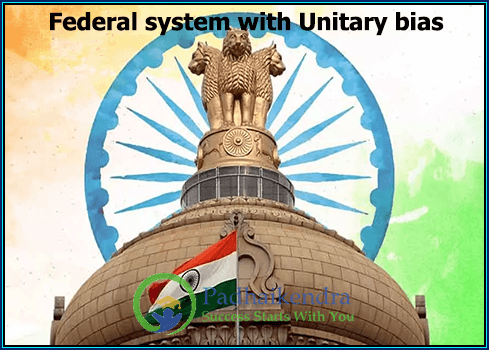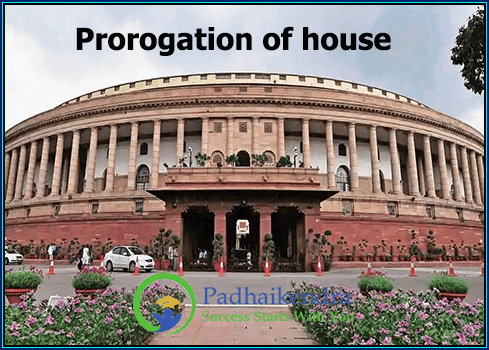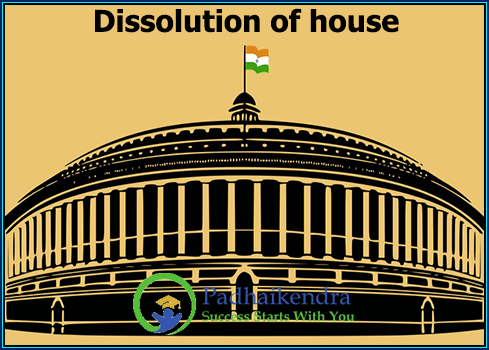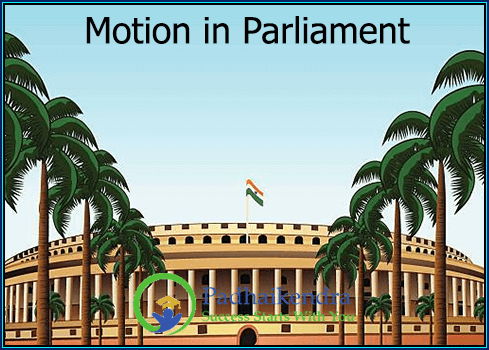The Indian Constitution has been described as a federal system with a unitary bias, which means that while it establishes a federal structure, it also grants a greater degree of power to the central government than to the state governments. Some of the salient features of the Indian Constitution that illustrate this federal system with a unitary bias are:
- Distribution of powers: The Constitution divides powers between the central and state governments through the Union List, State List, and Concurrent List. However, the Union List has more subjects than the State List, and the central government has the power to make laws on matters not included in any of the three lists.
- Single Citizenship: Unlike in other federal systems, such as the United States, the Indian Constitution provides for a single citizenship for the entire country, which is granted by the central government. This means that citizens of India have equal rights and obligations throughout the country, regardless of which state they are from.
- Emergency Provisions: The Constitution provides for three types of emergencies – national, state, and financial – which allow the central government to assume greater powers during times of crisis. During a national emergency, the central government can take over the legislative and executive powers of the states.
- Appointment of Governors: The Governors of the states are appointed by the President, who is the head of the central government. The Governors act as representatives of the central government in the states and have the power to recommend President’s rule in case of breakdown of constitutional machinery in a state.
- Residuary Powers: The Constitution grants residuary powers – those that are not included in any of the three lists – to the central government. This means that in case of any ambiguity regarding which level of government has the power to make laws on a certain matter, the central government has the final say.
These features of the Indian Constitution reflect the federal nature of the Indian political system, but also indicate a greater degree of power being held by the central government. However, the Constitution also provides for a system of checks and balances between the central and state governments, ensuring that the federal system is not undermined.





